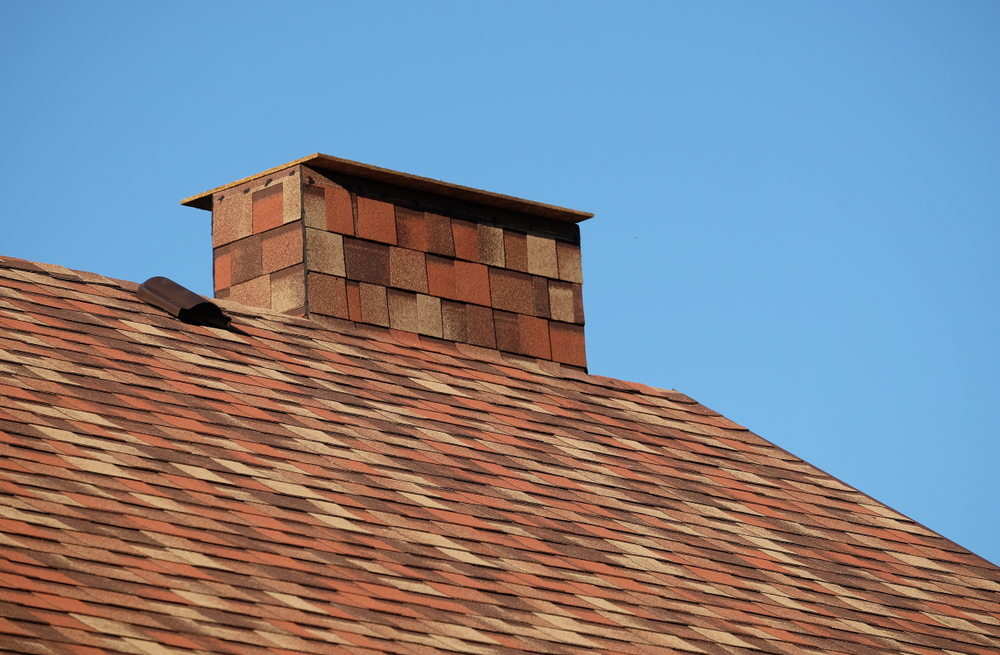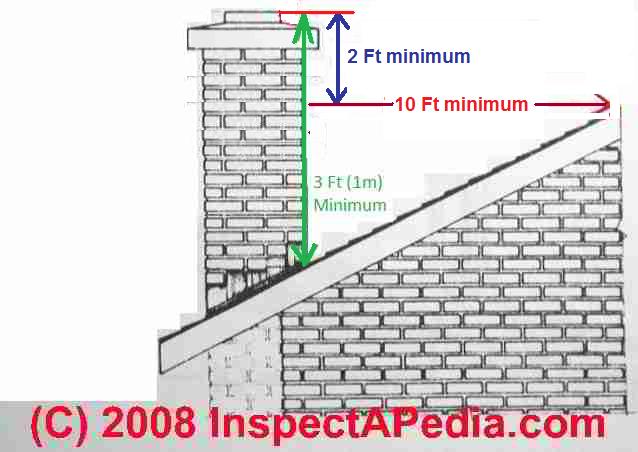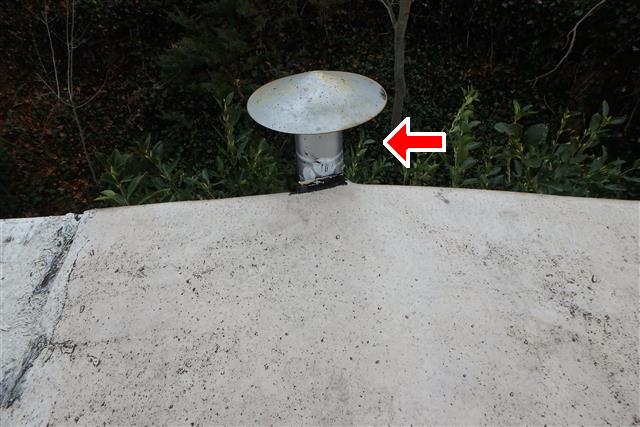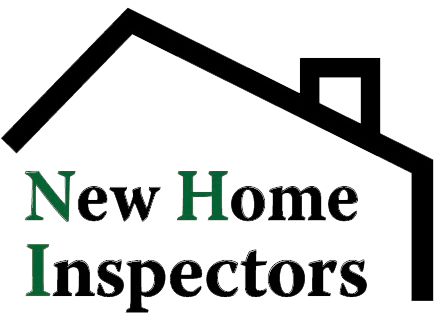
If you’re a home seller, it’s important to be aware of the venting requirements for your property. A common issue on a home inspection is having a vent, flue, or chimney too close to your roof or other combustible items. This can lead to dangerous and costly problems down the road. That’s why it’s always best to have your home inspected prior to putting it up for sale.
At New Home Inspectors, we recommend having a pre-sale home inspection done by one of our experienced professionals. We’ll help you identify any potential issues with your property so you can address them before they impact your sale.
Height/Clearance Requirements for Chimneys & Vents
When having your pre-sale home inspection done, our home inspectors make sure that all chimneys and vents comply with local building codes and regulations. This includes checking the height & clearance requirements of each flue, vent, or chimney.
On Long Island, for example, NFPA 211 requires a minimum horizontal clearance of three feet from any combustible material such as wood siding or vinyl siding. Heights must also be checked to ensure the flue is at least two feet above the roof line. If your property has gas appliances such as hot water heaters or furnaces, then you will need to double check their venting system too.

Image description: The sketch above shows the proper minimum chimney height and roof clearances for a masonry chimney. Image credit to Inspectapedia.
So, why is height and clearance so important?
A “too-short” chimney causes several problems for homeowners. When you are about to sell your house, a pre-sale home inspection will uncover these problems. Furthermore, waiting for your potential buyer to have their inspection only prolongs the inevitable. This issue is an important one and could result in a renegotiation of the deal.
- Fire hazard. Short chimneys are unlikely to vent properly. The heat will gather and rises setting the roof on fire.
- Water damage. Poorly placed vents can also cause snow and ice to melt, causing water damage. Both of which are expensive repairs.
- Downdrafts and backdrafts. Venting that is too low can cause a downdraft, and sending air out instead of drawing it in. This results in backdrafting, which can cause carbon monoxide buildup.
- Puffbacks. A puffback is a malfunction in the furnace. The oil burner may not be getting enough air or too much fuel, causing the flame to ignite improperly and blowout smoke into the home.
- Carbon monoxide poisoning. Chimney height directly affects draft and airflow. A short chimney or vent cannot develop the right flow to remove gases efficiently. The possible result is carbon monoxide coming back into the home.
What to do if your inspection shows improper clearance?
If you are selling a home, make sure that your pre-sale home inspection covers all of your systems. This should include heights and clearance needed for chimneys and water heater vents. This will help ensure that there are no issues with venting, which could cause long term damage to both your wallet and your soon to be former home.

Image description: Water heater vent too close to roof. Picture taken on roof by New Home Inspectors with added red arrow to show issue.
So, what happens when your pre-sale inspection uncovers insufficient clearance? We recommend getting a qualified contractor to correct this. In order to get your house ready for sale, the venting must be corrected and brought up to code.
Can you wait it out and see what the home buyer requires?
Of course, ignoring the problem is an option. However, that’s an option you should take at your own risk. It can be a gamble because improperly vented chimneys and water heaters can cause long-term issues of their own, from air quality to structural damage.
Furthermore, it’s highly likely that the buyer’s home inspector uncovers the issue. So it is best practice to make sure these items are up to code prior to putting the house on the market. You don’t want to renegotiate in the middle of the home buying process. Or, even worse, risk a failed the home inspection.
2 Common Draft Fixes for a Too Short Chimney
First, the obvious fix is a chimney extension. This is the simplest and least costly option. However, depending on the structure, the chimney may meet fire clearance but still not create adequate draft. Which brings us to…
Second, a draft inducer fan helps to meet draft requirements. This is a fan that attaches to the top of the chimney and helps pull smoke and gases up and out. This should be installed by a qualified professional.
Final Thoughts from a
Long Island Home Inspector
Having an improperly installed flue, vent, or chimney puts your home and its occupants at risk of carbon monoxide poisoning, among other things. It’s important to have a pre-sale inspection before selling your home so you can address any potential issues.
Additionally, home inspectors will be able to explain what needs to be done in order for these items to meet requirements. Having a pre-sale inspection can ensure that your home is up to code, and will help you avoid any unwanted surprises down the line when selling your home.
At New Home Inspectors, we understand how important pre-sale inspections are for home sellers. If you’ve got questions about the height & clearance of your chimneys & vents, give us a call today!

